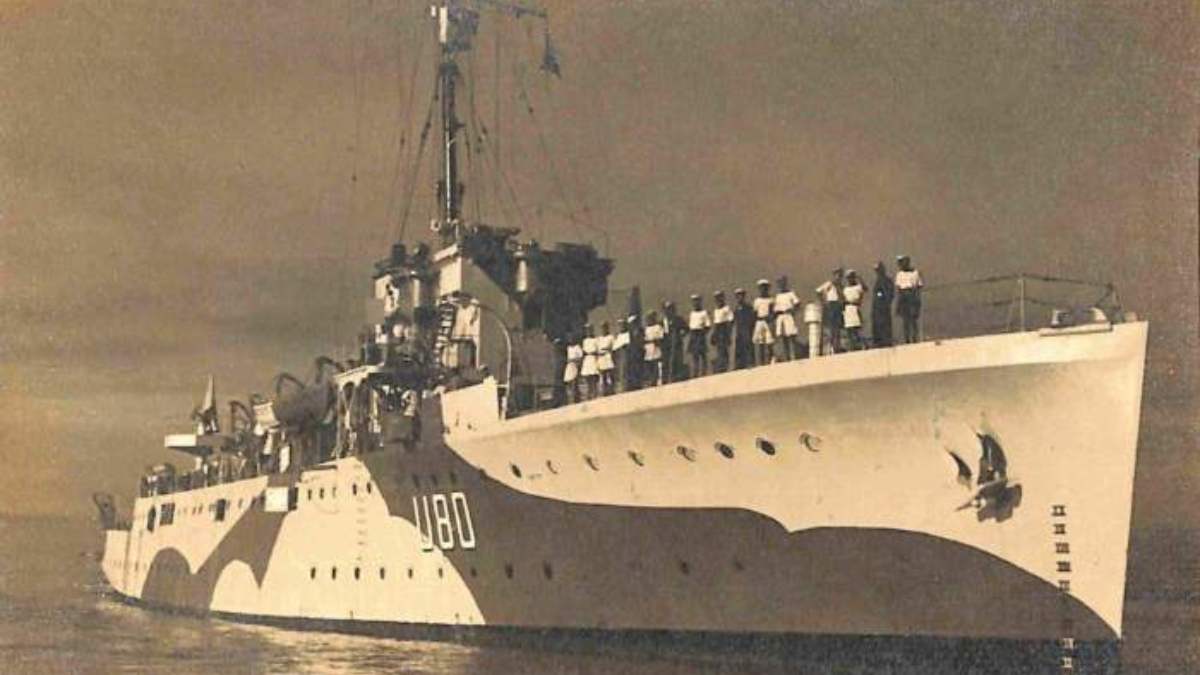
On 02 Oct 2020, we mark the 151st birthday of Mahatma Gandhi. By a wonderful coincidence, this date also marks the formation of the Royal Indian Navy (RIN), albeit many years later in 1934. The RIN was the immediate predecessor of the Indian Navy (IN) of today; in fact RIN became IN on 26 Jan 1950 when India became a Republic.
While the Indian Navy celebrates the Navy Day on 04 Dec to commemorate the attack on Karachi in 1971 war with Pakistan, 02 Oct 1934 also has some salience with regard to what IN has become today – a strong, powerful and professional service with many distinctions to its credit. And so, on Mahatma’s birthday as we celebrate his life and legacy of the freedom movement, let us also celebrate the story of the Indian Navy which, in a sense, began on 02 Oct 1934.
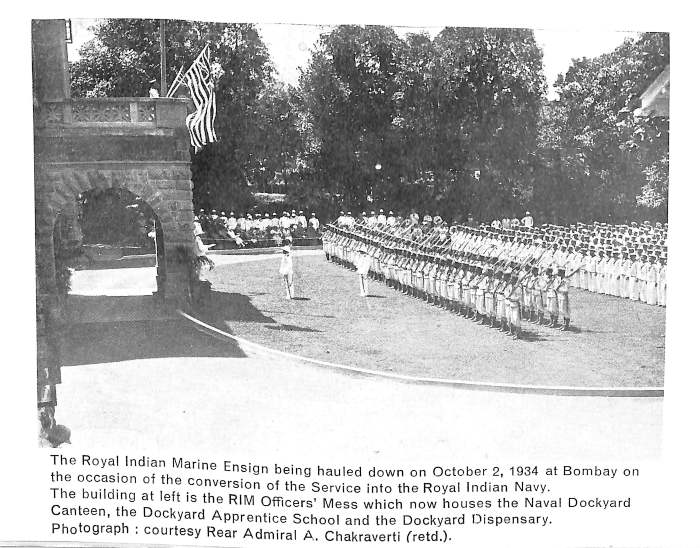
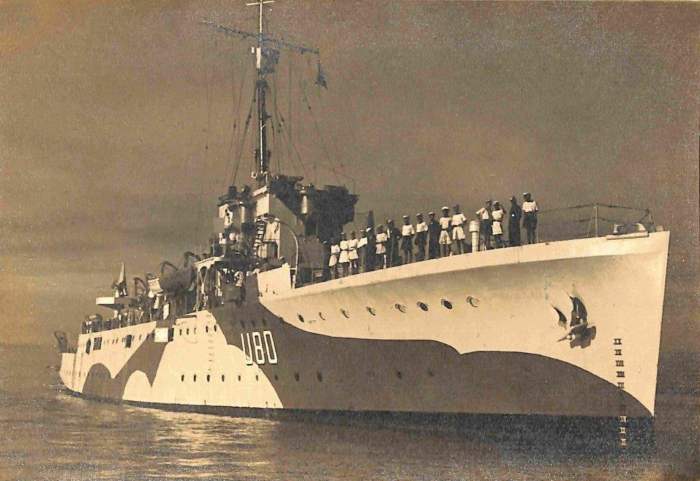
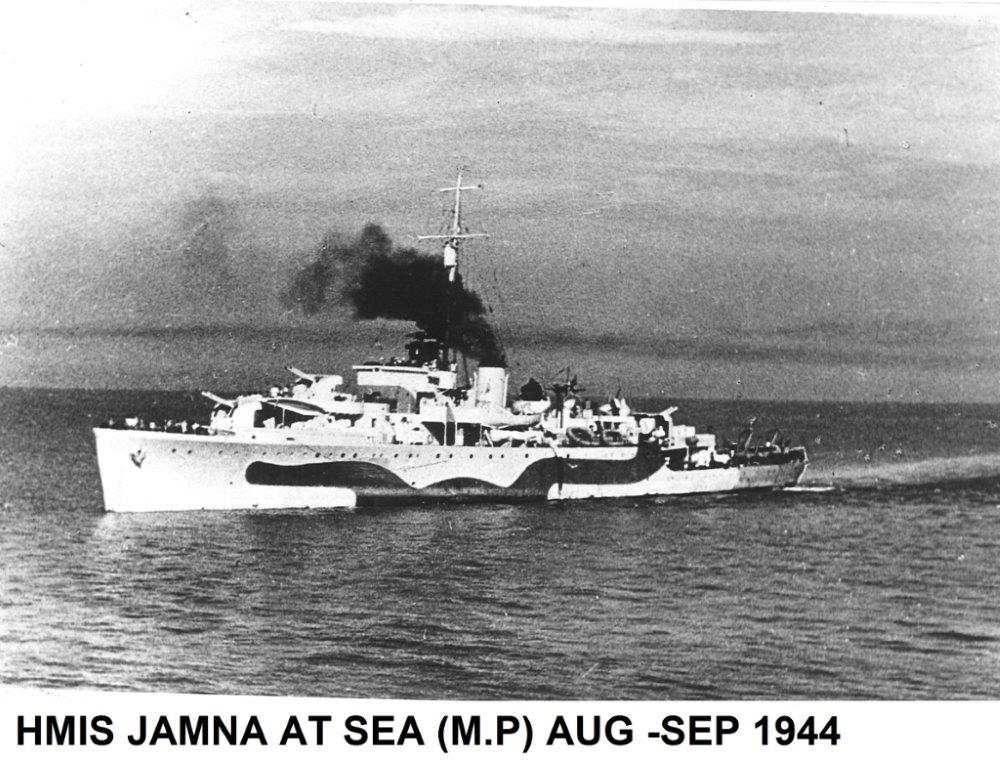
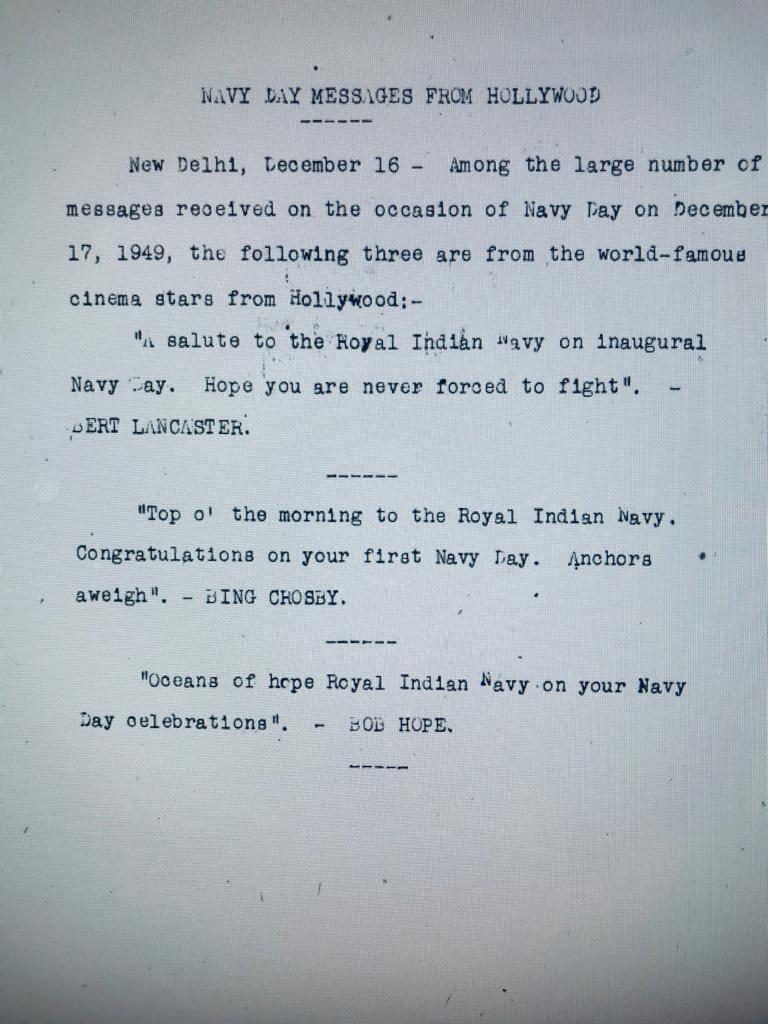
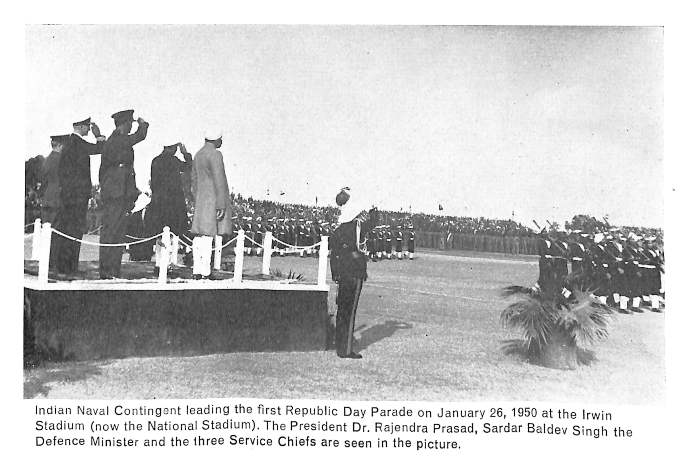
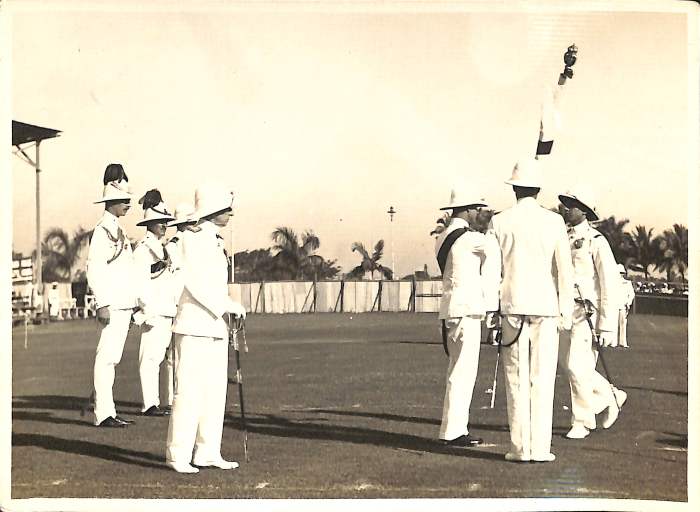
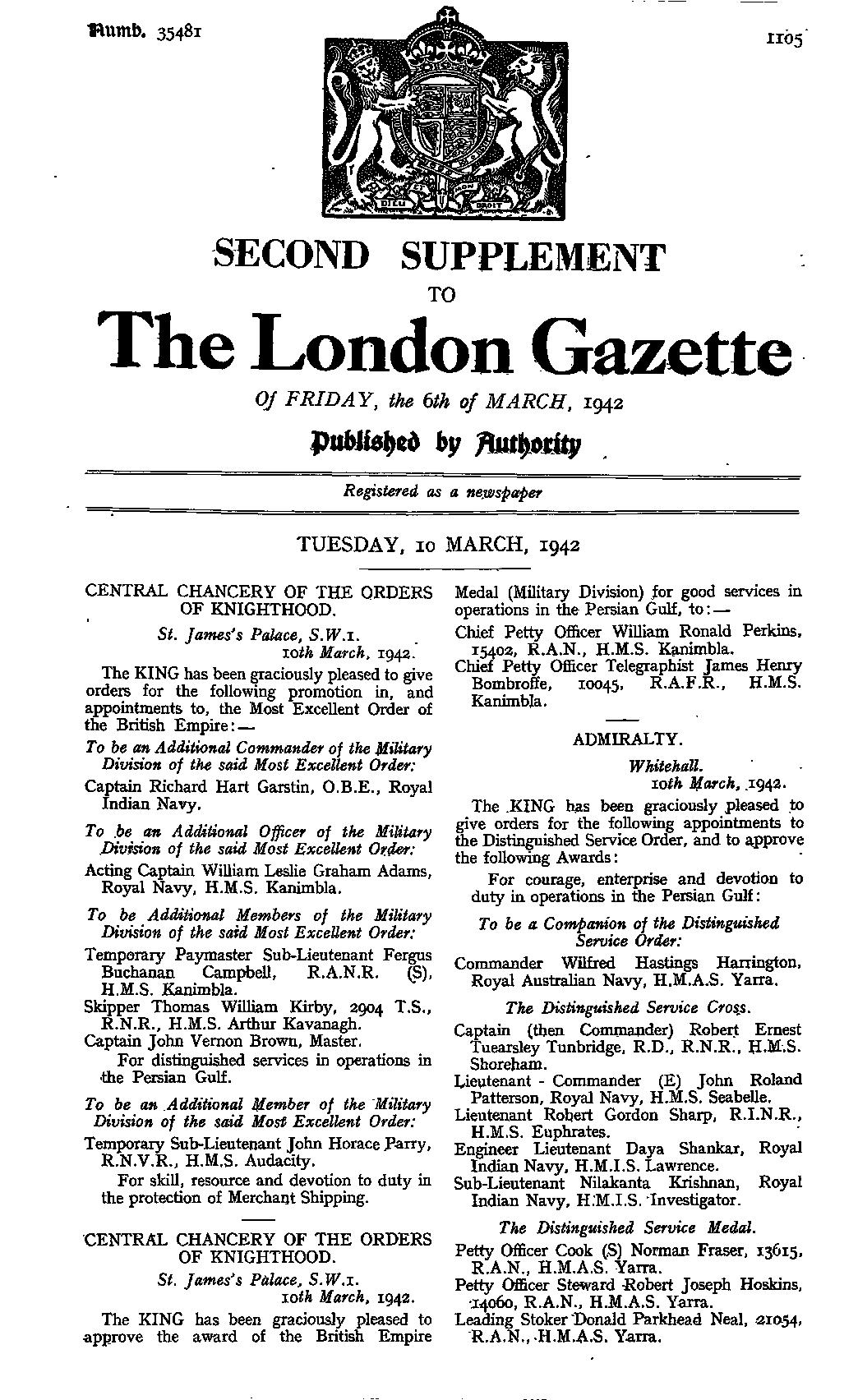
The Indian Navy has inherited the DNA of its forbears – illustrious maritime kingdoms of many centuries ago and great seafaring traditions of many millennia past. The spirit that was inherent in the exploits of the Cholas or the Maratha Navy pervades the Indian Navy of today. At the same time, its formal structure derives from its colonial moorings beginning with the formation of Indian Marine in Surat in Sep 1612. Over more than three centuries this entity went through several different incarnations, changing name and role until it finally metamorphosed to become the Royal Indian Navy on this day 86 years ago. While this is well known to maritime and naval historians, it is shrouded in obscurity for the rest of our citizens. Yet, one could argue that the formation of the RIN was a significant moment in the nation’s history for many reasons.
First, being the immediate precursor to the Navy of today, much of the foundation stones and building blocks were laid during that period. For example, almost all our post-independence naval leaders – Katari, Soman, Chakravarty, Karmarkar, Chatterji, Samson, Nanda, Kohli, Cursetji, Pereira et al – joined the Navy when it was still RIN. Second, the RIN witnessed tumultuous times – World War 2, Indian Freedom Struggle, Partition and each of these exerted huge influence on it. This, possibly, had consequences on the thinking of future leadership, budgets, hardware and many other aspects that the Indian Navy inherited. Third, the prefix Royal should not detract us from the fact that this is essentially an Indian story, notwithstanding the umbilical cord of the British.
To begin at the beginning, the Royal Indian Navy (RIN) was set up on 02 Oct 1934, with its headquarters at Mumbai under the Flag Officer Commanding Royal Indian Navy (FOCRIN). In his book ‘Under Two Ensigns’ the Navy’s pioneering historian the late Rear Admiral Satyindra Singh says “Between 1934 and 1939 the RIN was developed into a small and efficient naval force and by the time the WW 2 broke out, the RIN Fleet comprised five sloops, a survey vessel, a patrol ship, a depot ship and large number of small craft. Recommendations were made in 1939 for assigning greater responsibility for the naval defence of India to the RIN and for the modernisation of Service….the personnel strength of the RIN on 01 Oct 1939 was 114 Officers and 1732 ratings with only sixteen officers as the Headquarters Staff’.
Incidentally, the Naval Headquarter was situated inside dockyard premises. Currently, it is the office of Principal Medical Officer (PMO) of the dockyard. The grand façade and ornate staircase are indicators of its ‘tryst with naval history’. Naval historian and former curator of the Maritime History Society (MHS) Cdr Mohan Narayan (Retd) adds another nugget that ‘for some time the Dockyard Signal Station located where currently the Commodore of the Yard (C of Y) building is also functioned as NHQ’. That structure, though, no longer exists.
The outbreak of WW 2 changed everything. Ships were commissioned and inducted at rapid rate, many of them built in India. Merchant ships were armed and requisitioned for war. Naval Headquarters shifted to Delhi in March 1941. RIN ships operated across wide swathes of ocean in different campaign theatres – Red Sea, Persian Gulf, Gulf of Aden, Mediterranean, Atlantic, Bay of Bengal, Arakan coast, Southern Indian Ocean and so on. Raids, Amphibious operations, Merchant ship escort, joint operations with Indian army, Minesweeping Operations, Coastal defence and variety of other tasks were carried out with distinction by this fledgling force. RIN ships were also part of British Commonwealth Occupation Forces (BCOF) in Japan after the war.
Many of them are stories worth telling but in particular the exploits of HMIS Bengal are legendary. A Bathurst class minesweeper of just over 700 tons tasked to escort a Dutch tanker MV Ondina from Australia to Diego Garcia she took on two mighty Japanese raiders much larger than her (10000 and 8000 tons) and more heavily armed; she got the better of them, sinking one and chasing the other away without suffering much damage herself. Bengal was the toast of town in many naval stations thereafter and her predominantly Indian crew given a hero’s welcome.
The reoccupation of Berbera (in British Somaliland) on 16 Mar 41 was a historic event – possibly the first ever joint operations by the RIN, Indian Army and Air Force. HMIS Netravati and HMIS Parvati successfully landed troops of 15th Punjab and 2nd Punjab regiments in a quick operation that was completed by daylight and with Italian POWs brought back to Aden by Parvati the same night. RIN ships were also involved substantially in the capture of Massawa in April 41.
In the East, RIN ships were involved in convoy escort, withdrawal operations from Rangoon and Akyab, and communications duties in Bay of Bengal. The Coastal Forces of RIN did commendable work off Arakan coast in 1943-44. The successful recapture of Rangoon (Op Dracula) in May 1945 was the grand finale in which the RIN ships were involved in minesweeping, convoy ops and amphibious assault. Significantly, many of these operations were with allied forces of several nations and involved heterogeneous forces. They were also joint operations with Army and Air Force.
Interestingly, Lt YN Singh, Royal Navy’s first Indian fighter pilot flew Grumman Hellcat fighters with 804 Naval Air Squadron from Carriers that were part of East Indies Fleet headquartered at Trincomalee, under the command of Admiral Sir Arthur Power in Aug 1945. HMIS Kistna (Cdr SG Karmarkar) was also among the escort forces in East Indies Fleet at that time. Many Indian Officers – especially those on training – were also involved in the war while posted in RN ships or establishments.
It was in this crucible that the young officers and sailors of those times were baptised. By the end of the war, and thereafter, the Indian component in RIN had only got bigger. Further, the RINR (Royal Indian Naval Reserve) and RINVR (Royal Indian Naval Volunteer Reserve) had also been constituted to aid war effort. In addition, as a war time measure Women’s Royal Indian Naval Service (WRINS) was introduced in 1943. They were primarily employed in Communications and Signals duties. This branch was disbanded in 1947 but their story holds the promise of a separate article in itself.
During the war, two young Indian Officers Lt N Krishnan (later VAdm and FOCinC East during Indo Pak war 1971) and Lt Daya Shankar (later RAdm and Controller General Defence Production) were awarded Distinguished Service Cross (DSC) for their acts of gallantry. Lt SG Karmarkar (later RAdm) was awarded MBE for skilfully navigating HMIS Ratnagiri through uncharted waters, in landing operations off Eritrean coast. The CO of HMIS Bengal Lt Cdr WJ Wilson (RINR) was awarded the DSO while his second in command Jai Mehra was awarded an MBE and two gun crew, Leading Seaman Ismail Mohammed and Petty Officer Mohammed were awarded gallantry medals. Two RINR officers KP Rahalkar and FS Sopher were involved in picking up survivors of HMIS Sophie Marie which stuck a mine and was lost at sea. Many Indians – Katari, Soman, Chakravarti, Karmarkar, Chatterji, Krishnan also commanded ships or smaller craft during the war, gaining invaluable experience.
The war also resulted in massive expansion in training and maintenance infrastructure and baby steps in indigenous shipbuilding – Basset class trawlers and Bangor class minesweepers. From training in sheds at the dockyard in Mumbai, new establishments and facilities were set up in Karachi, Kochi, Visakhapatnam, Lonavla and in other parts of Mumbai. Among these were specialist training schools for engineering, radar, signals, anti-submarine warfare, amphibious operations, officer training, coastal forces and such like. Many were to prove useful after independence in providing continuity in a time of transition. Between 1941 and 43, new branches – electrical, accounts, education and medical – were created in RIN.
When the war ended on 15 Aug 1945, the strength of RIN was over 2700 officers and 27650 personnel and the Fleet comprised 7 sloops, 4 frigates, 4 corvettes, 14 minesweepers, 16 trawlers, 2 depot ships, 30 auxiliary vessels, 150 landing craft, 200 harbour craft, several motor launches and huge number of shore establishments. Thus, in just 6 years, its strength increased 20 fold in manpower and about 30 times in terms of hardware. It was truly staggering. It needs to be noted that despite the wide range and scale of operations, the RIN losses were negligible – six ships in six years of the war.
Vice Admiral Sir Herbert Fitzherbert, C-in-C, Royal Indian Navy (a Royal Navy officer on deputation) was handsome in his praise stating, “Ships of the RIN had been employed in fighting or helping to fight the battle of the Atlantic and had operated as far east as Singapore and as far south as Australia; they had come up against the enemy, the enemy mine and the enemy gun, and they had done magnificently. The men had had their ships sunk under them, and in every case their behaviour had accorded with the very highest traditions of the Royal Navy in times of great stress and hardship”.
Incidentally, one of the reasons for the huge increase in the Indian component was due to the continuous efforts by Indian freedom fighters to ‘Indianise’ the Armed Forces, especially in the officer cadre. Conscious of the fact that when freedom finally dawns, the Indian Armed Forces would need our own people at the helm, these leaders relentlessly campaigned for a change in the status quo and it was from around 1933 that this became visible. The SS Dufferin started by Indian Mercantile Marine Department, in 1926, to train officers for Merchant Navy also contributed many officers to the Indian Navy. In an essay on this issue, historian Srinath Raghavan brings out how several leaders – Gopal Krishna Gokhale, BG Tilak, Motilal Nehru, Sir Sivaswamy Iyer, Tej Bahadur Sapru, Shanmugham Chetty – unceasingly worked for this objective. Thus, the Indian Freedom struggle also had a collateral mission of increasing the Indian component of our Armed Forces. The growth and ‘Indianisation’ of RIN is directly related to this. Katari in his autobiography “A Sailor Remembers” describes Iyer as redoubtable champion of Indian Shipping.
The end of the war though resulted in many deleterious consequences for the RIN. As Satyindra Singh describes “a young over expanded service rapidly disintegrating in the rush to demobilise, living in a supercharged political atmosphere with its own additional feelings of disappointment, apprehension, uncertainty and un-redressed grievances”. This was to result, among other things, in the Naval Uprising of February 1946. While early historians have, understandably, characterised it as a mutiny, revisionist histories have led many to conclude that along with the INA trials and similar revolt by the Royal Air Force personnel at that time, the RIN mutiny was among the many factors that may have hastened the exit of the British. Hence, the Naval Uprising, as it is now described, occupies a historical place as an event that played a role in our freedom struggle.
Irrespective of how one chooses to look at it, there can be no doubt that it was an important moment in the history of RIN and one that would influence people who served in the Navy then and those who were to follow in their wake. While the Indian Navy and the Maritime History Society (MHS) at Mumbai have done much to preserve the memories and commemorate the uprising, we could look forward to more research on that front in the future.
Independence and Partition were soon to follow leaving their own imprint on the service and people who manned it. The autobiographies or recollections of Katari, Soman, Chatterji, Daya Shankar, Nanda, Krishnan – Admirals all – attest in one form or other to the various feelings they had when Independence dawned and the challenges brought about by partition. They were also privileged to meet with, interact and have conversations with the political leaders of the day. Perhaps it was a smaller world then and more intimate circle of people in high places.
And, thus, on 15 Aug 1947, the RIN was reduced to a small force – of 4 sloops, 2 frigates, 1 survey vessel, dozen minesweepers and an assortment of smaller craft. In some ways it was back to 1934. There was the brief ‘gun boat diplomacy’ action off Junagarh but essentially it boiled down to getting down to the brass-tacks and working on a new Navy. Happily, and despite being ‘cut down to size’, our post-independence leadership were not lacking in vision and thought big. A 1948 Plan paper envisioned aircraft carriers, submarines and other components of a balanced Fleet. It continues to be our template even today. To signify our ambitions, our first big buy, our first Capital ship, was the 6 inch cruiser, the HMIS (later INS) Delhi (formerly HMS Achilles), in Jun 1948, a huge formidable ship, possibly the most powerful, east of Suez. This ship set the way for our subsequent growth and development over the last 70 years where we have come to be one of the biggest navies in the world.
Thus, the story of the Royal Indian Navy is fascinating in many ways. Its brief life saw several tumultuous events in an eventful decade and half, and offers us several lessons. As Cmde Johnson, current Director of the Maritime History Society and author of a book on the RIN says, “it was a seamless bridge from the mercantile and military heritage to the emerging Navy of a young India’.
It is also possible to see many takeaways from our freedom moment in the monumental journey of the RIN and subsequently the Indian Navy. To give just one example, the rebirth of the Kalvari class submarines and Nilgiri class frigates are not merely ‘old names on new platforms’ but the cherished naval tradition of continuity or handing over of the baton. It signifies trusteeship and stakeholdership – tenets that the Mahatma believed in and espoused. Further, Mahatma Gandhi and his contemporaries exemplified and contributed to the spirit of India between the two World Wars where the quest for modernity, industrial advancement, self-reliance, freedom from British all went hand in hand. It did not stop them from borrowing a trick or two from the Brits or emulating some of their good practices. The Royal Indian Navy was a product of that zeitgeist and its short life belies its significant imprimatur.
In many intangible ways our freedom movement and the thoughts that emerged then contributed to the ‘Indianisation’ of RIN and provided us our leadership post independence. These officers were battle hardened and, in addition, the exhilaration of independence, the agony of partition and the trauma of uprising contributed to their experiences thereby influencing the trajectory of post-independence Navy. There is scope to further study this aspect with a view to providing the political and intellectual underpinnings to the Indian Navy.
As we celebrate the Mahatma, Lal Bhadur Shastri and the freedom struggle, let us also raise a toast to the RIN which is an Indian story in many ways. Historian and author KM Panikkar described RIN ‘as a glorious page in Indian history’. While his reference was to the war, we could extrapolate it to its entire brief odyssey. On 26 Jan 1950, as Indian became a Republic, the RIN became Indian Navy and our ships now used the prefix INS instead of HMIS. But the RIN did go out with a high. On the Republic Day 1950, it was the Navy that led the parade for one last time as the RIN was the senior most of the three services then. After that, the Indian Navy yielded that position to our much bigger and distinguished sibling, the Indian Army.
And for the trivia buffs, the RIN celebrated its first Navy Day on 17 Dec 49. Among the many people who wished it were three stars of Hollywood – Burt Lancaster, Bing Crosby and Bob Hope (see pic accompanying). Quite a big bang for a small service.